When it comes to houseplants, many can be propagated from leaves. Growing plants from leaf cuttings is an easy and effective way to propagate a variety of houseplants. With the right care, you can grow a variety of beautiful foliage that will bring life into your home. You can easily propagate new plants indoors by simply taking a few leaves from an existing plant and replanting them in water or soil. Not only is this a cost-effective way of gardening, but it’s also an eco-friendly option since you do not have to buy additional materials or tools.
List of houseplants that grow from leaf cuttings
Snake Plant
Snake plants are easy to grow and make great houseplants. They are best for those who want to add a bit of greenery to their home but don’t have much time or space for gardening. Snake plants can be grown in pots, terrariums, or ground. The Snake plant is easily propagated from leaf cuttings. Remove a leaf from the plant and allow it to be callous for a few days. Once the leaf is calloused, you can put it in well-draining soil, and it will soon take root.
In case you missed it: Snake Gourd Growing Tips, Ideas, Tricks, and Secrets
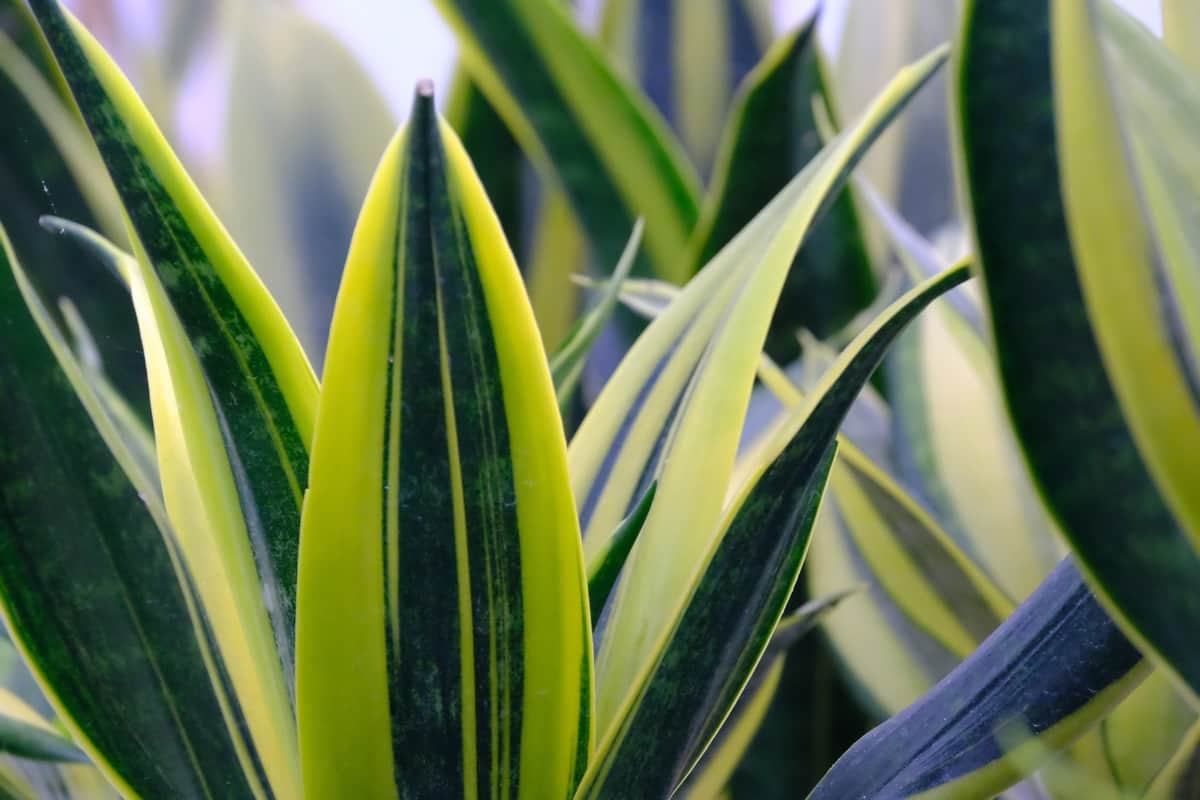
The Snake plant is ideal for propagating as it is tolerant of different growing conditions. To care for your Snake plant, water it when the soil is dry and give it bright, indirect light. Snake plants are tolerant of neglect and can go several weeks without being watered. However, they will benefit from being fertilized every few months with a balanced fertilizer.
Bunny Ear Cactus
The Bunny Ear Cactus is a beautiful indoor plant that grows from leaves. The plant produces white flowers that bloom in the spring. The Bunny Ear Cactus is easy to care for and does not require much water. To propagate this plant, take a leaf cutting from an existing plant and allow it to be callous for a few days. Then, insert the cutting into some moist potting soil. Keep the pot in a sunny location from direct sunlight. In time, the cutting will form roots, and new leaves will sprout.
Jade Plant
Jade plants are popular because they are easy to care for and tolerate neglect. Jade plants prefer bright, indirect light and well-drained soil. Over-watering can cause Jade plants to rot. Jade plants can be propagated from leaf cuttings. Start by taking a healthy leaf from the Jade plant to propagate from a leaf cutting. Place the leaf cuttings on top of a well-drained potting mix and firm them down slightly. Place the pot in an area with bright, indirect light and wait for new growth to appear.
In case you missed it: Growing Jade Plants In Pots – Containers, Indoors
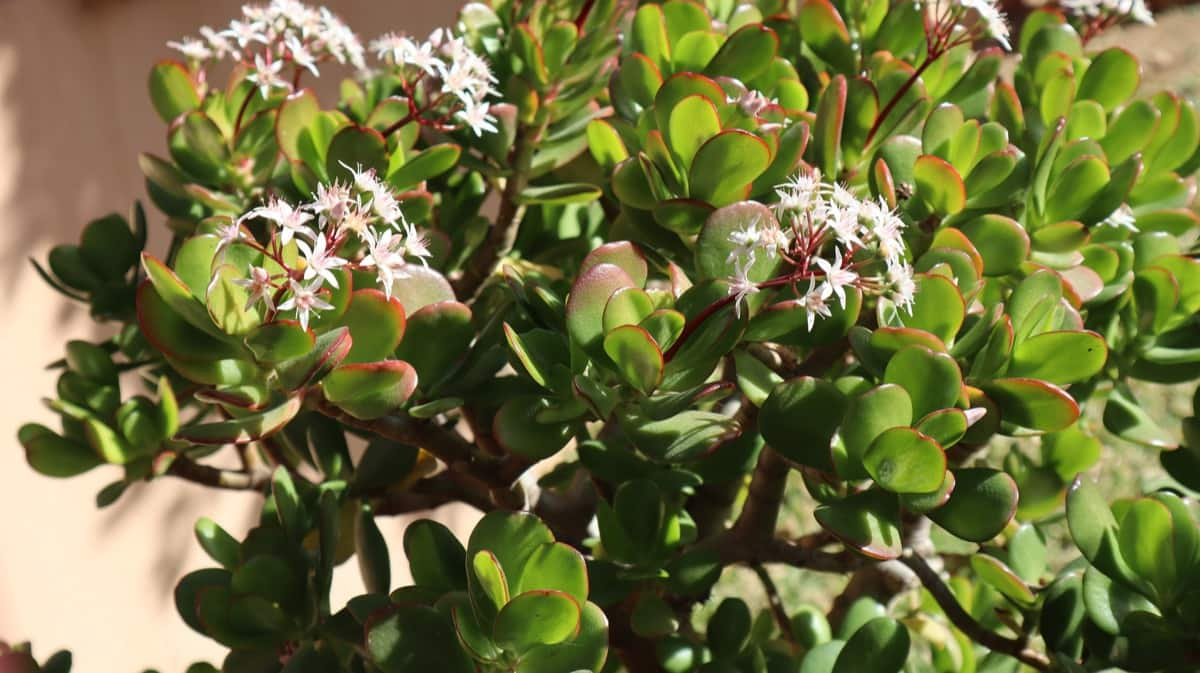
ZZ Plant
ZZ plants are a type of indoor plant that grows from leaves. ZZ plants are known for their ability to tolerate low light and neglect. They are a great choice for those who do not have much time to care for their plants. ZZ plants can also help purify the air in your home. ZZ plants are the easiest plants to propagate from leaf cuttings. Take a few leaves from a healthy plant and put them in moistened soil.
Keep the soil moist and water regularly; you may see new growth emerging in a few weeks. To make sure your leaf cuttings have the best chance of success, it’s important to choose healthy leaves that are free of any diseases or pests. It’s also helpful to trim off any brown or yellow edges from the leaves before you plant them. Once your cuttings are in the soil, place them in a bright spot until they start to grow.
Aloe Vera
Aloe plants prefer bright, indirect light and should be watered when the soil is dry. Aloe Vera is a popular indoor plant that thrives in bright, indirect sunlight. Aloe plants are succulents, so they don’t need a lot of water to survive. Aloe Vera can be propagated from leaf cuttings. To do this, remove a leaf from the plant and allow it to be callous for a few days. Once the leaf is calloused, insert it into the moistened potting mix. Keep the soil moist and wait for new growth to appear.
In case you missed it: Snake Gourd Growing Tips, Ideas, Tricks, and Secrets
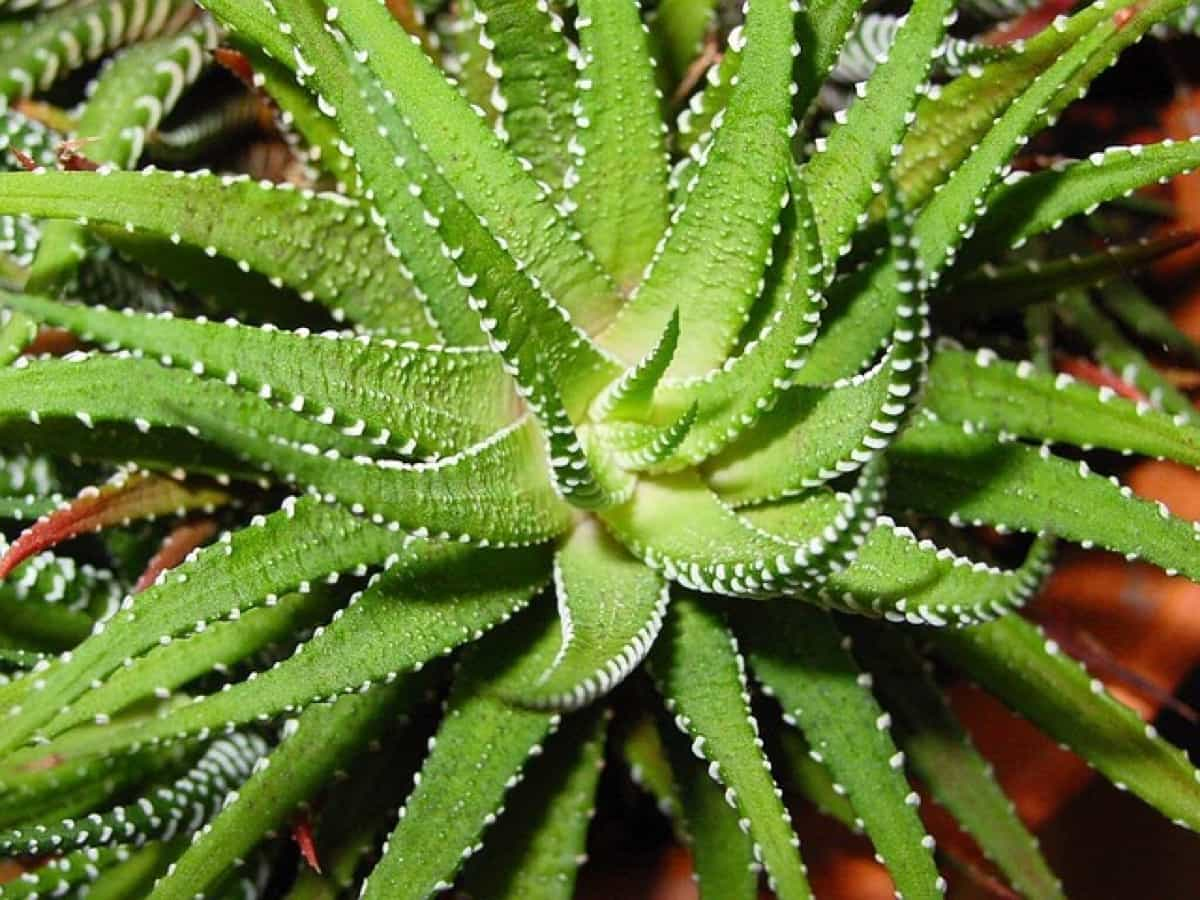
Sweetheart Hoya
The Sweetheart Hoya plant has heart-shaped leaves and produces small, white flowers. The Sweetheart Hoya is a low-maintenance plant that does not require much attention. The plant can be grown in a pot or on the ground. The Sweetheart Hoya prefers bright, indirect light but tolerates low-light conditions. This plant can be propagated from leaf cuttings and will quickly form a new plant. The sweetheart Hoya does best in bright, indirect light and well-drained soil.
Chinese Money Plant
The Chinese money plant has large, flat leaves arranged in a quadrangular pattern and can grow up to 3 feet tall. The plant produces small white flowers that have purple centers and are surrounded by four petals. It needs indirect light but can tolerate some direct sun. Water when the soil is dry and fertilizes monthly during the growing season.
Start by snipping off a healthy leaf from the mother plant with a sharp knife to propagate a Chinese Money plant from a leaf cutting. Make sure the leaf has a good portion of the stem attached. Next, place the stem end of the leaf-cutting into a glass of water and wait for it to sprout roots. Once the roots emerge, you can transplant the cutting into a pot filled with well-draining soil.
Rex Begonia
Rex Begonias are easily propagated from leaves. Cut a leaf from the plant, including a bit of stem. Place the leaf on top of moistened potting mix or sphagnum peat moss. Cover the leaf with plastic to create a humid environment and moisten the potting mix. Put the pot in a bright location but out of direct sunlight. New roots will form in two to four weeks, at which point you can remove the plastic and begin watering as usual. The new plant can be transplanted when it has several sets of leaves.
In case you missed it: 11 Herbs for Hanging Baskets: Best List for Your Home Garden
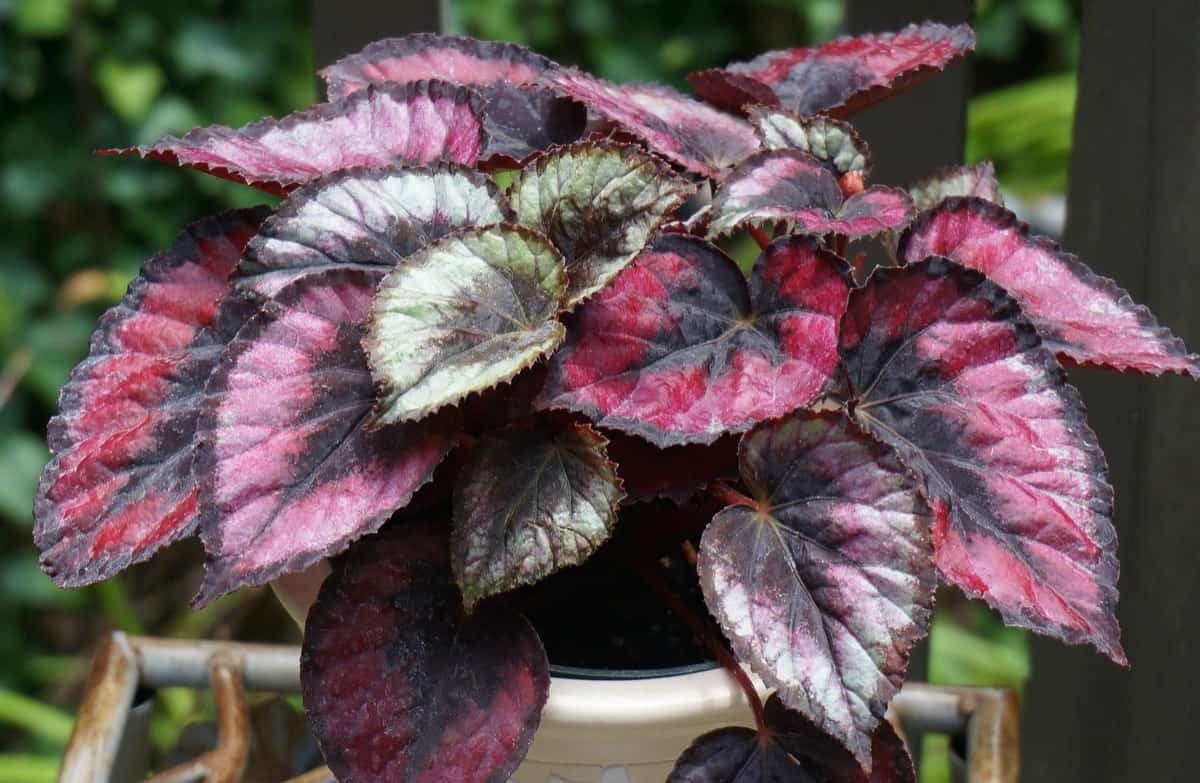
Peperomia
Peperomia can be propagated from leaf cuttings, and this method is often used to propagate rare or hard-to-find cultivars. Take a healthy leaf from the plant to propagate Peperomia from leaf cuttings. Place the leaf cutting in a pot filled with moistened potting mix and cover it with plastic wrap to create a humid environment. Place the pot in a warm location from direct sunlight and keep the soil moist but not soggy. After a few weeks, you may see new growth emerging from the leaf cuttings. Once the leaf cuttings have roots, they can be transplanted into individual pots.
Flowering Kalanchoe
Kalanchoes are easy to care for and make great indoor plants. They can be propagated from leaves, which is a fun and easy way to get more plants. To propagate from leaves, cut off a leaf with a sharp knife or scissors and allow it to be callous for a few days. Once the leaf has been calloused, you can plant it in potting mix or sand. You should see new growth in a few weeks. Many Kalanchoes can be propagated easily from leaf cuttings taken from the parent plant.
African Violets
African Violets are popular houseplants because they are relatively easy to care for and bloom year-round. African Violets typically have dark green, fuzzy leaves and purple or pink flowers. The leaves of African Violets are often used in propagation, which is how most people start growing these plants.
In case you missed it: Guide to Growing African Violets from Seeds: Problems, Plant Care
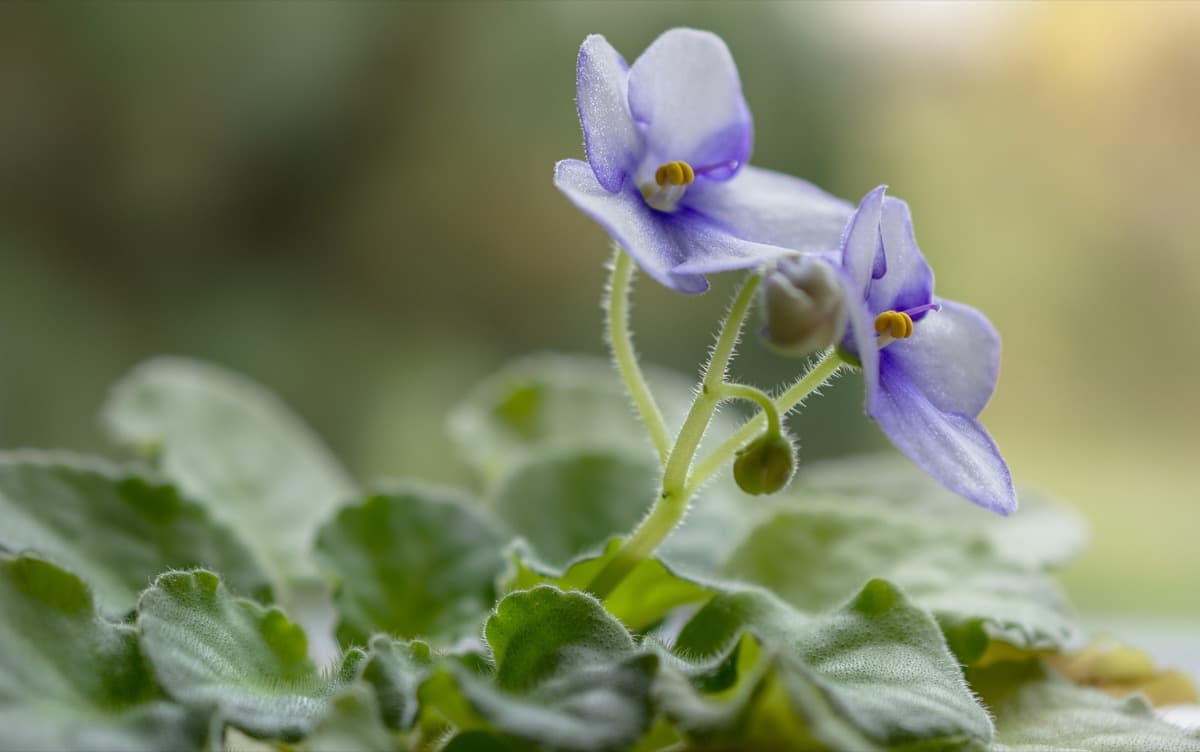
To propagate African Violets from leaves, you need to take a leaf cutting from a healthy plant and then place it in water or moist soil. Once the leaf-cutting has been rooted, you can transplant it into a pot with potting mix. African Violets need bright, indirect light and water when the soil is dry. These plants also benefit from being fertilized every few weeks during the growing season.
Fishbone Cactus
The Fishbone Cactus gets its name from its unique leaf shape, which resembles the skeleton of a fish. The leaves of the plant are thick and fleshy, and they grow in a rosette pattern around a central stem. This low-maintenance plant grows well in bright, indirect light. It can be propagated by breaking off a piece of the leaf and allowing it to be callous before planting it in well-draining soil.
To propagate the Fishbone Cactus, take a leaf cutting from a healthy plant and allow it to callus for a few days. Once the cutting is callused, you can plant it in a well-draining potting mix. Keep the soil moist and water regularly. Place the pot in an area that gets bright indirect light. In about 4 to 6 weeks, you should see new growth emerging from the soil.
Zebra Cactus
The Zebra Cactus gets its name from the white stripes that cover its leaves. These stripes are raised bumps, or tubercles, that help the plant retain water. The Zebra Cactus is a slow-growing plant and can live for up to 20 years with proper care. This hardy plant is perfect for beginner succulent growers because it is very easy to care for. Zebra cacti are tolerant of neglect and can go long periods without water.
In case you missed it: Growing Christmas Cactus Indoors – A Planting Guide
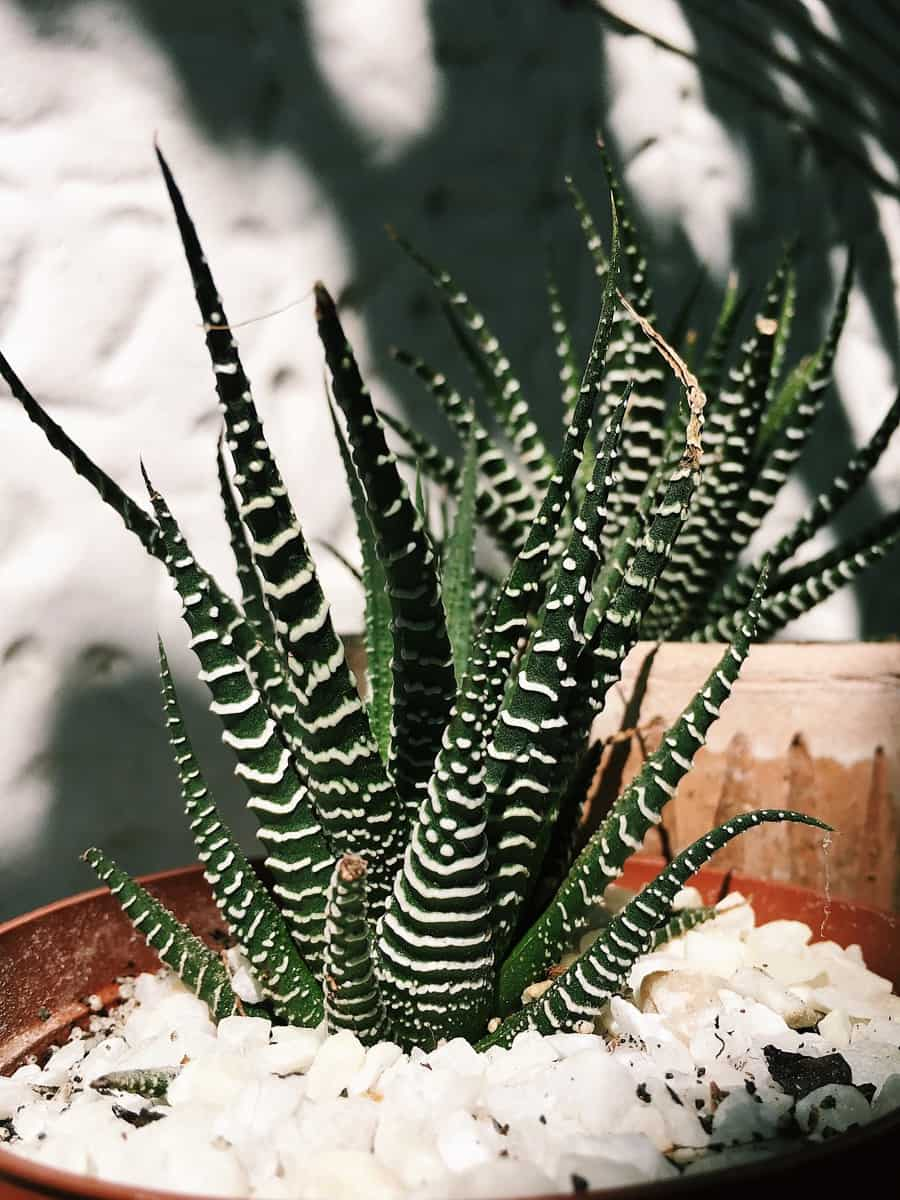
When watering your Zebra Cactus, allow the soil to dry out completely between watering. Zebra cacti need bright light but can tolerate some direct sun. The leaves will turn red if your Zebra Cactus is exposed to too much sunlight. To propagate a Zebra Cactus, remove a leaf from the plant and allow it to callus for a few days. Once the leaf has callused, you can put it in well-draining succulent soil. Be sure to keep your Zebra Cactus leaf cutting in a warm, dry place until it has rooted.
Conclusion
Leaf cuttings are a straightforward method for propagating plant species with leaves. Not only does this method of propagation require minimal effort, but it also creates more vibrant houseplants in less time compared to other propagation methods. Plus, propagating from leaf cuttings can save money since you don’t have to buy as many new plants. After learning about these indoor plants that grow from leaves, it’s easy to see why they are becoming more popular. Not only are they attractive and easy to care for, but they also help purify the air.
- How to Grow Hibiscus from Flower
- Plantation Ideas for Home Decoration: A Beginners Guide
- Flower Garden Designs and Layouts for Beginners
- Planting and Spacing Techniques in Papaya: A Beginner’s Guide
- Growing Gold: Essential Techniques for Planting Pineapples
- How to Make Kalanchoe Plant Bushy: Home Remedies and Solutions
- 11 Reasons Why Your Gardenia is Not Blooming: Home Remedies and Solutions
- Eco Elegance: The Guide to Designing a Drought-Tolerant Landscape
- Gardening on a Slope: Strategies for Hillside Landscaping
- Nourish and Flourish: Top Organic Mulches for Thriving House Plants
- Everything You Want to Know about Indian Mogra Flower: Discover Uses and Growing
- Green Thumb Success: Expert Tips for Cultivating Greenhouse Pumpkins All Year Round
- Maximize Growth & Flavor: The Ultimate Guide to Companion Planting in Herb Gardens
- How to Control Rhododendron Problems Naturally: Home Remedies and Organic Ways to Fix Them
- Natural Magic: The Remarkable Benefits of Cinnamon for Plants
- Best Steps to Revive Dying Tulip with Natural and Organic Treatment
- 10 Reasons Why Your Angel Trumpet is Not Blooming: Remedies and Treatment
- How to Fix Periwinkle Leaf and Flower-Related Problems: Natural Remedies and Solutions
- How to Fix Zinnias Leaf and Flower Problems: Discover Natural and Home Remedies
- Organic Steps to Induce Lemon Tree Flowers: A Comprehensive Guide
- Bloom Booster: Crafting the Perfect Homemade Bougainvillea Fertilizer
- Optimizing Growth: A Guide to Applying NPK Fertilizer for Potted Plants
- 10 Best Homemade Fertilizers for Rubber Plant: DIY Recipes and Application Method
- How to Boost Female Pumpkin Flowers: Effective Steps for More Flowers and High Yields
- Transform Your Indoor Garden: Top Benefits of Pink Salt for Houseplants
- 10 Best Homemade Fertilizers for Peacock Plants (Calathea): Easy DIY Guide
- Unlock Blooms: 9 Reasons Why Your Potted Chrysanthemum is Not Blooming
- 8 Reasons Why Your Potted Hibiscus is Not Blooming: Fix it with Simple Solutions
- Unlock Blooms: 9 Key Reasons Your Potted Frangipani Won’t Flower
- 10 Reasons Why Is My Ice Plant Not Blooming: Remedies and Treatment
- 10 Reasons Why My Potted Hydrangea Not Blooming: Treatment and Remedies
- 10 Reasons Why is My Wisteria Not Blooming: Remedies and Treatment
- 10 Reasons Why is My Goldfish Plant Not Blooming: Remedies and Treatment
- Maximize Your Space: Ultimate Guide to Balcony Gardening with Grow Bags
- 10 Reasons Why Your Iris is Not Blooming: Remedies and Treatment
- 10 Reasons Why Your Anthurium Plant is Not Blooming: Treatment and Remedies